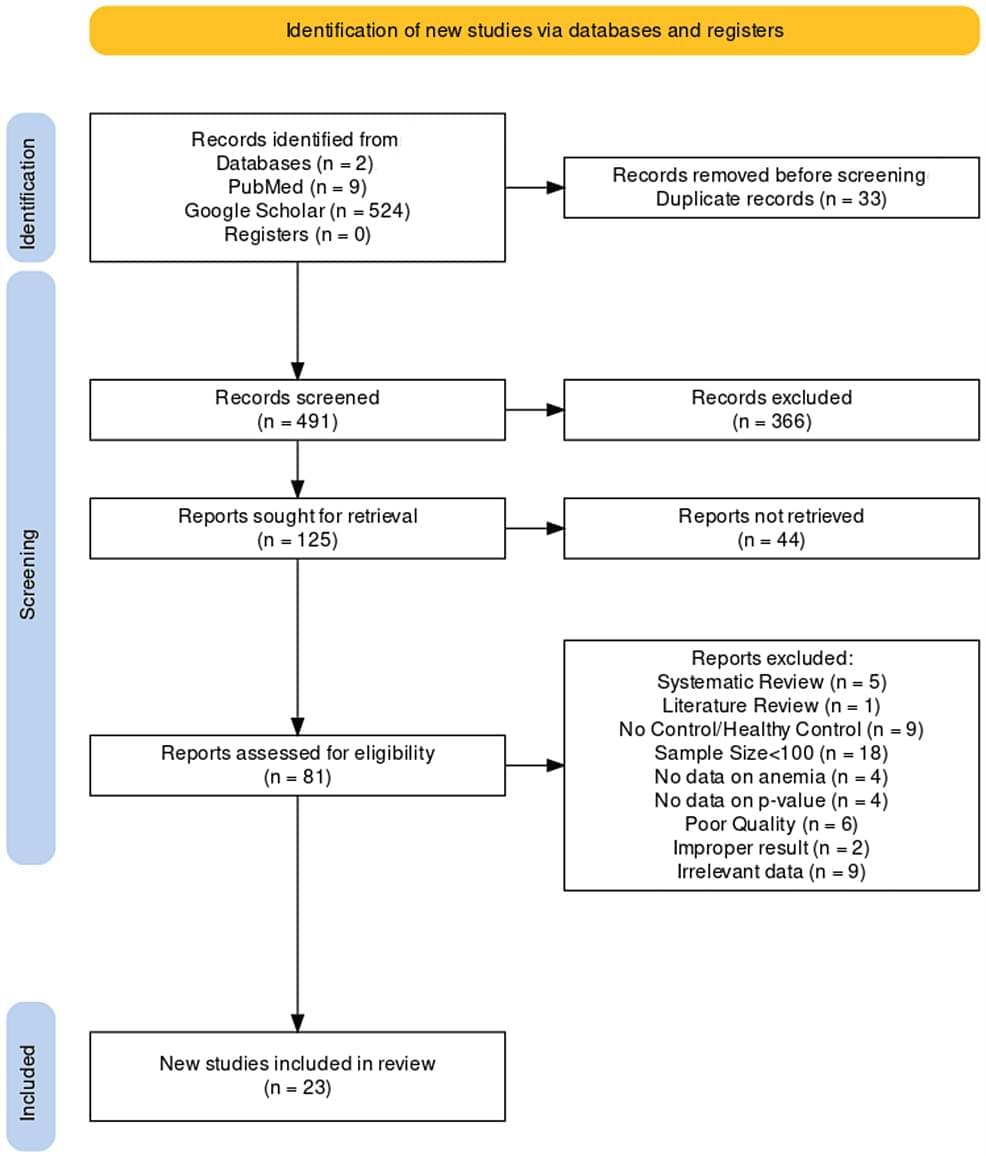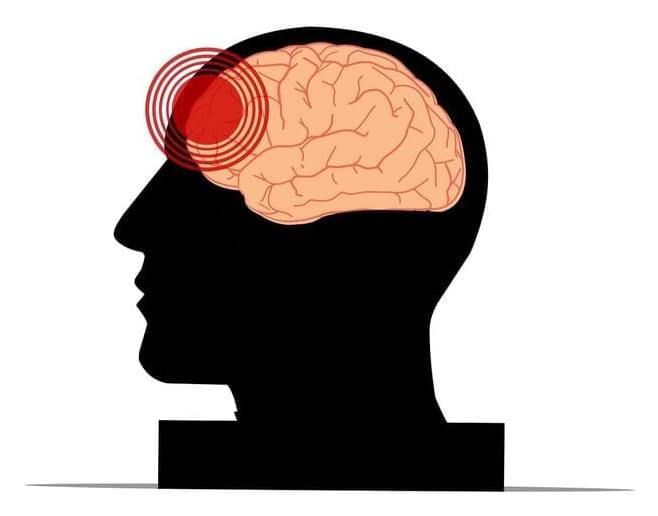Mar 20, 2024
Obstructive sleep apnea closely associated with bladder pain syndrome: Study
Posted by Shubham Ghosh Roy in category: neuroscience
A recent study explored a potential connection between obstructive sleep apnea (OSA) and bladder pain syndrome/interstitial cystitis (BPS/IC) in women. The findings published in the Sleep and Breathing Journal underline the importance of understanding the interplay between sleep disorders and urological conditions.
This study investigated the frequency of BPS/IC in women diagnosed with OSA when compared to those without OSA. A total of 92 women participated, where 46 were diagnosed with OSA and an equal number serving as the control group. Various assessments including the Berlin Questionnaire, Epworth Sleepiness Scale, Interstitial Cystitis Symptom Index (ICSI) and Interstitial Cystitis Problem Index (ICPI) were evaluated in all participants.
The results revealed that women with OSA expressed higher scores on the Epworth Sleepiness Scale which indicates increased daytime sleepiness, while there were no significant differences in age and body mass index between the two groups. Also, the measures of BPS/IC symptoms (ICSI) and associated daily life disruptions (ICPI) were significantly increased in the OSA group when compared to controls.

















